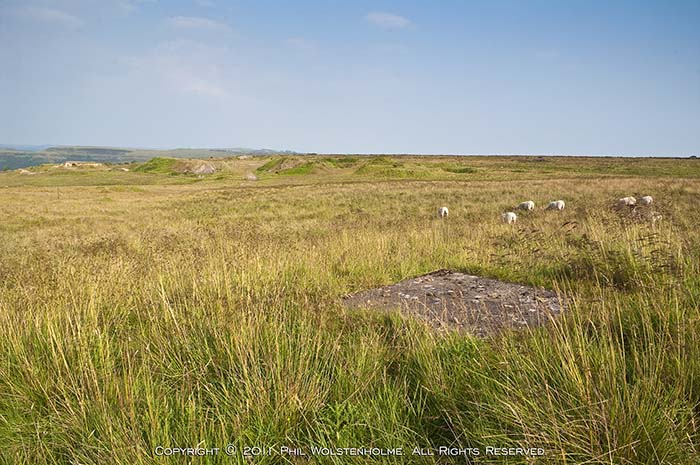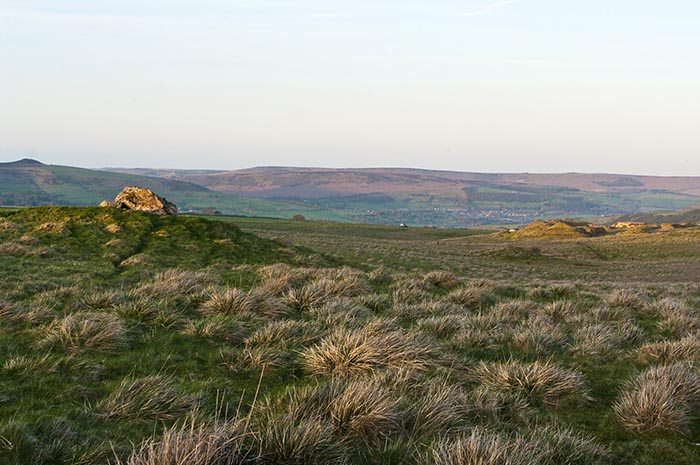Even if the 'reputable organisation' controlled access (via a collected key system, similar to other venues), it would be a vast improvement on the present situation. Documenting those mine workings is of huge national importance, especially with the possible changes to monument scheduling to include sites that are generally not accessible by the general public (like shipwrecks), but are very important nevertheless, and obtain protection. As far as I know, all the mineral rights beyond Raddlepits are owned by the Duchy, so no further opencasting or mining should ever take place, at least along the vein. The famer has a perfect right to be concerned about his land and his livestock, but if it's managed well and folks respected the arrangement (a big if), you never know.



